By Professor Ann Brooks
The American Sociological Association (ASA) Annual Conference in August, set against the stunning backdrop of the city of Chicago and Lake Ontario, and the socio-cultural earthquakes of Ashley Madison and the political challenges of Donald Trump proved to be even more dynamic than usual. The theme this year was Sexualities in the Social World and attracted hundreds of iconic figures from the sociological world and global sociologists more generally. Iconic figures such as Sasskia Sassen, Sylvia Walby, Anne Swidler, Eva Illouz, Judy Wajcman, Eric Kleinenberg, Robert Sampson, Lynne Jamieson and many many more ….. a veritable whos who in the contemporary world of sociology, presented and contributed enormously to this major conference in sociology.

Plenary sessions included: The Politics of Same-Sex Marriage: Public Opinion and the Courts; Modern Romance: Dating, Mating and Marriage; The Rise of Nonmarital Births; Internet Dating; Abortion in America; and in addition a huge range of Presidental (ASA) Panels included : Birth Control in America; Women on the Battlefield: Integrating Women into the U.S. Military; Aging and Sexuality; Cohabitation; and many many more.
I chose sessions to reinforce the new undergraduate course I am offering in Sem 2, 2015-6 entitled Love and Intimacy in Contemporary Society and these major Plenary sessions did not disappoint. In fact they turned out to be real highpoints of the conference. A packed Saturday evening Plenary Panel entitled Romance Matters included Eric Kleinenberg (NYU), Azis Ansari (Comedian, Author, and TV Presenter), Helen Fisher (Rutgers, psychotherapist and Consultant to match.com), Christain Rudder (Ok Cupid) and Eli Finkel (Northwestern) enthralled the audience with serious and amusing presentations. This was followed by the signing of the Anzari and Kleinenberg new book …Romance Matters. I have to say the students will really enjoy this bringing together of research and teaching.
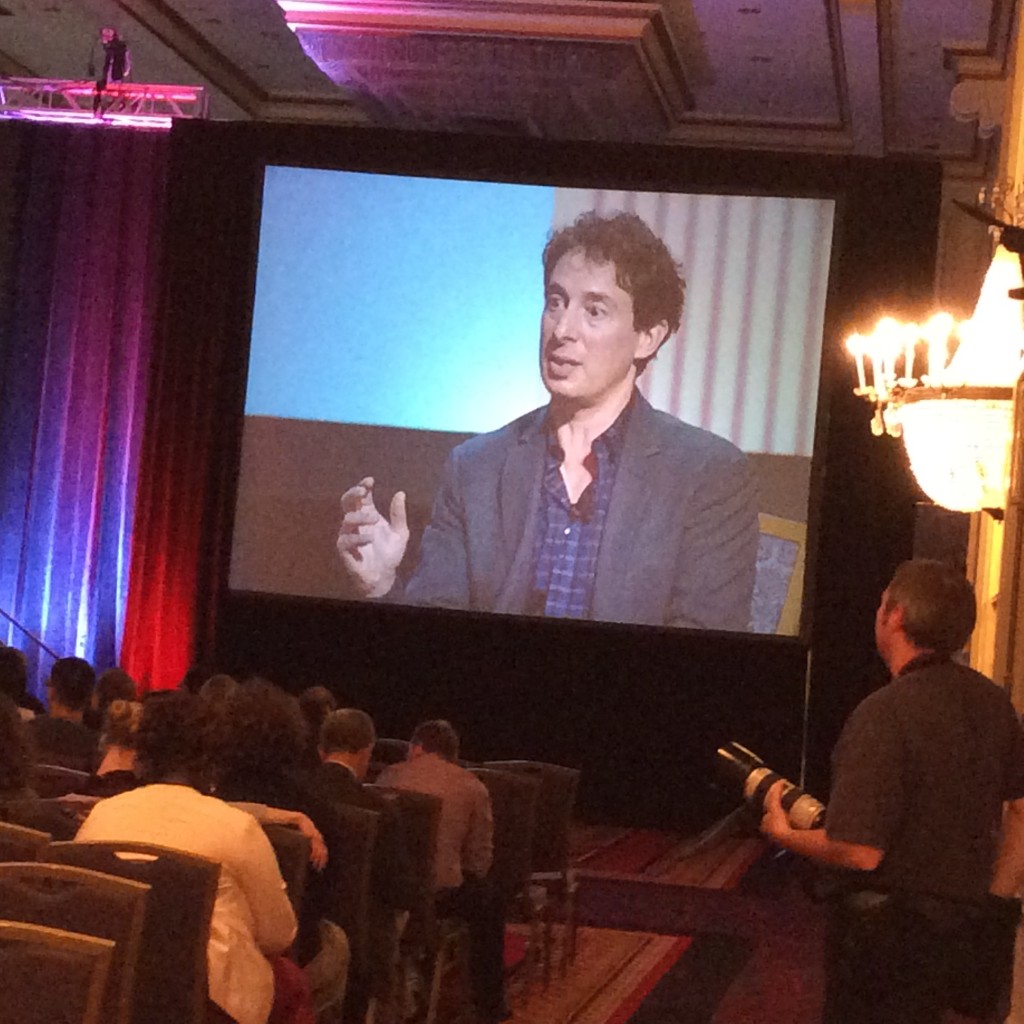
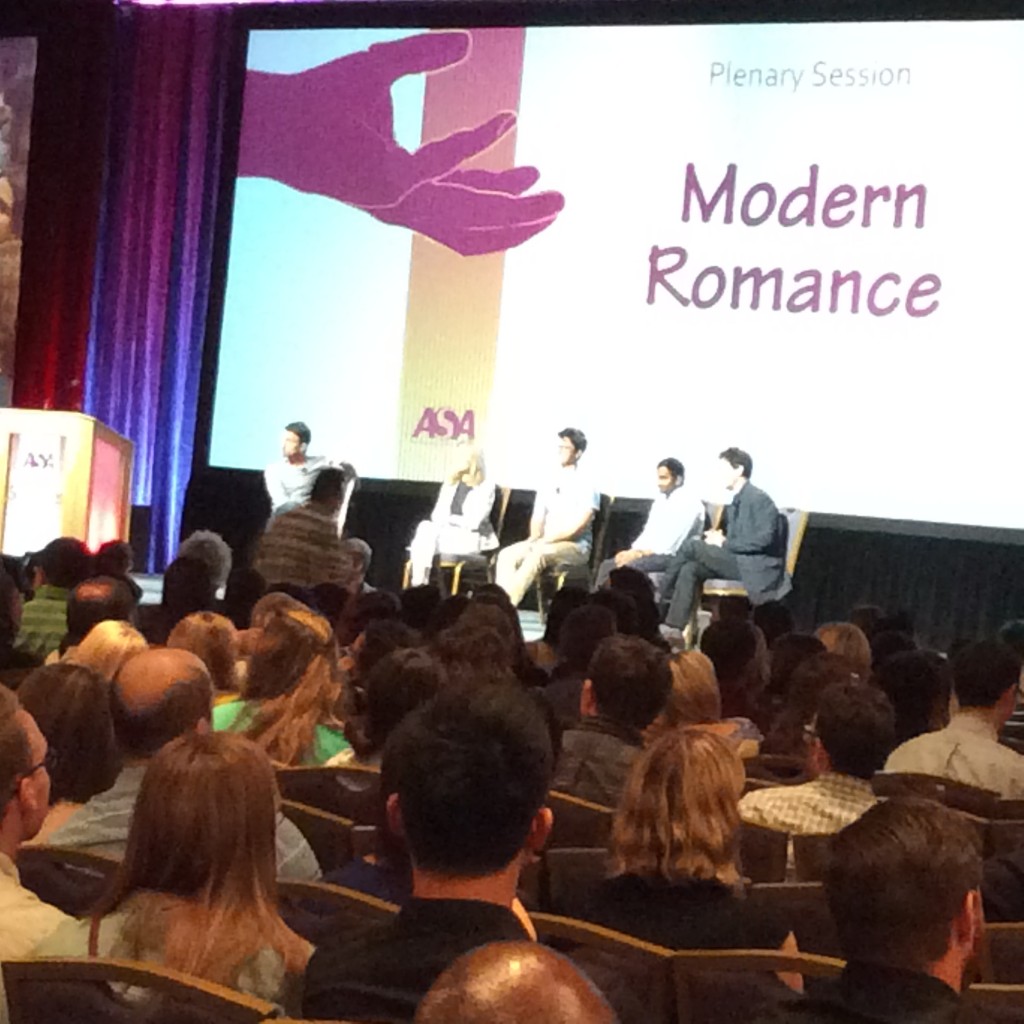

I convened a session on Gender, Sexuality and Work with 5 excellent papers, many of which are being published within books or journals.
The Presidential address by Paula England looked at the Changing Nature of Sexuality and and a further Presidential Panel looked at the advantages and disadvantages of Internet Dating also as an evening Keynote panel.
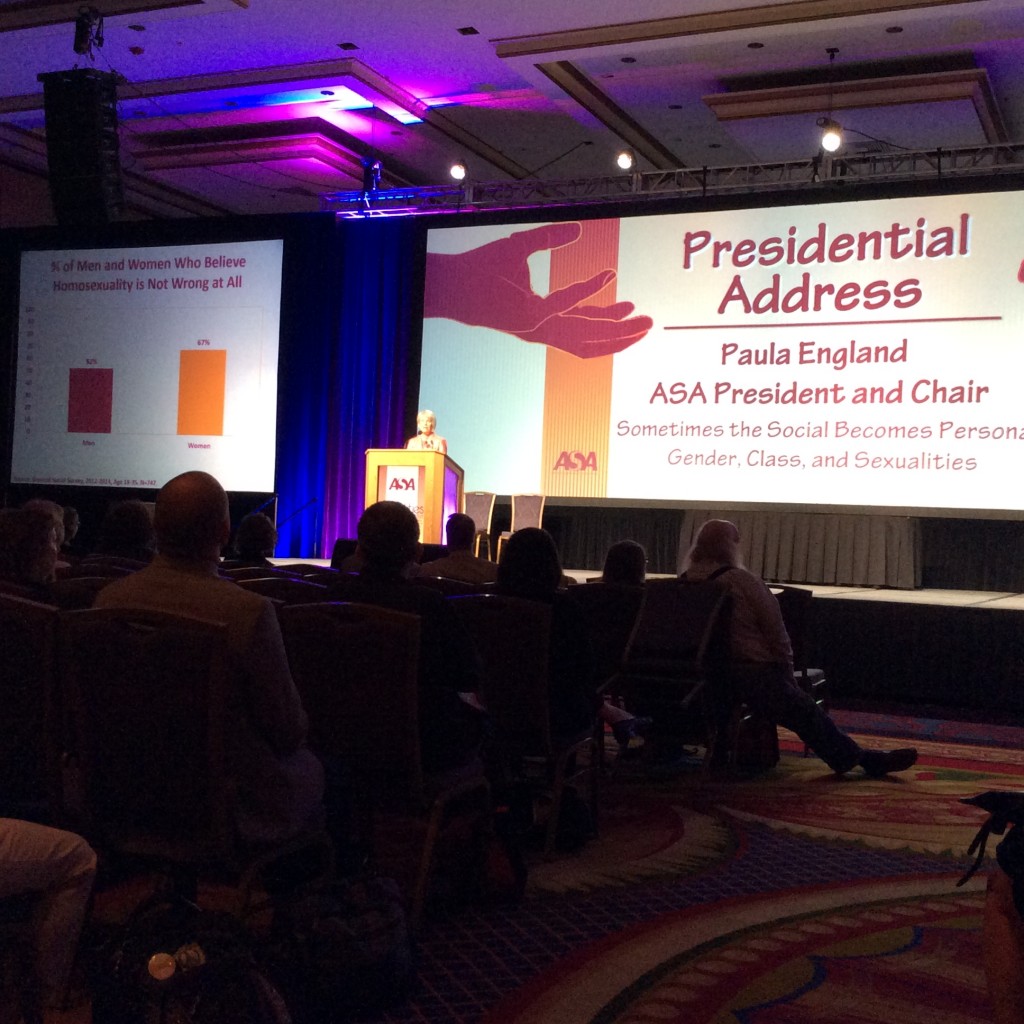

A truly inspiring conference with significant relevance for my new BU course. Thank you BU and HSS for supporting this.
Professor Ann Brooks September 7, 2015


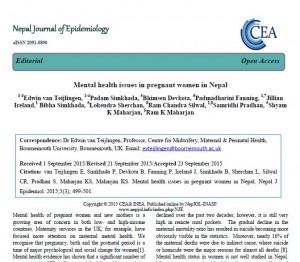

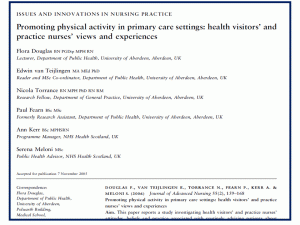
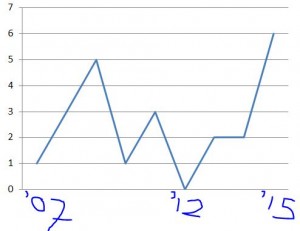



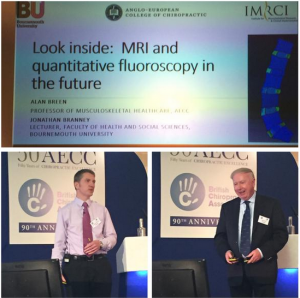
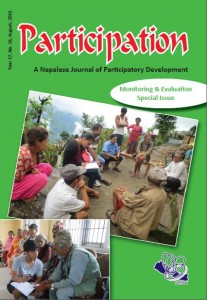



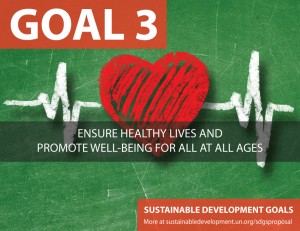
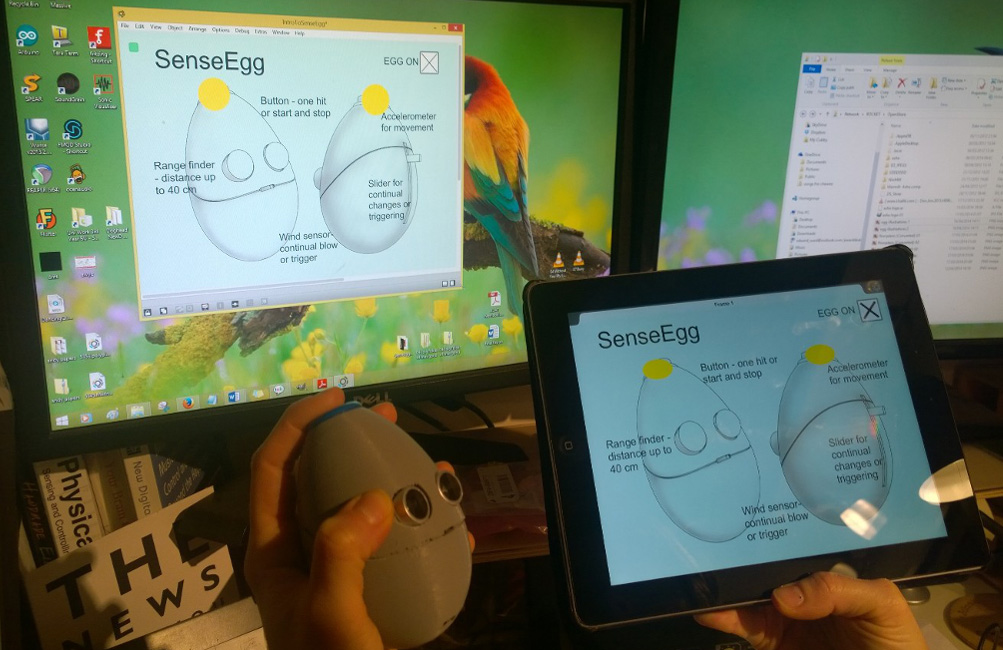
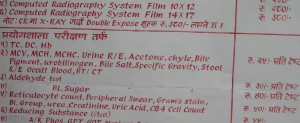

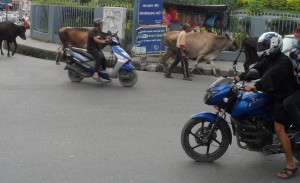 Today I attended a contract-signing meeting at the Department of Health, Physical and Population Education at Nepal’s oldest university, Tribhuvan University (TU).
Today I attended a contract-signing meeting at the Department of Health, Physical and Population Education at Nepal’s oldest university, Tribhuvan University (TU). Midwives (ANMs) about the key mental health issues in pregnancy and in the months after birth. A local charity Green Tara Nepal (GTN) will support the work through some of the curriculum design, sensitising UK volunteers to live in rural Nepal, assisting in translating, as well as helping to recruit the local health workers. The two UK universities have a long history of working with GTN as well as its sister organisation Green Tara Trust (GTT), a Buddhist charity based in London. The new project will be based in Nawalparasi in the sub-tropical part of the country bordering India. The target population consists of grassroot health care practitioners since there are no doctors in these rural villages.
Midwives (ANMs) about the key mental health issues in pregnancy and in the months after birth. A local charity Green Tara Nepal (GTN) will support the work through some of the curriculum design, sensitising UK volunteers to live in rural Nepal, assisting in translating, as well as helping to recruit the local health workers. The two UK universities have a long history of working with GTN as well as its sister organisation Green Tara Trust (GTT), a Buddhist charity based in London. The new project will be based in Nawalparasi in the sub-tropical part of the country bordering India. The target population consists of grassroot health care practitioners since there are no doctors in these rural villages.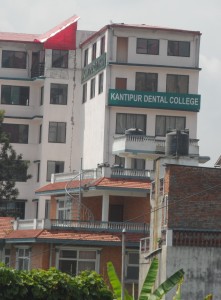
 2016 (15-16 Feb.).
2016 (15-16 Feb.).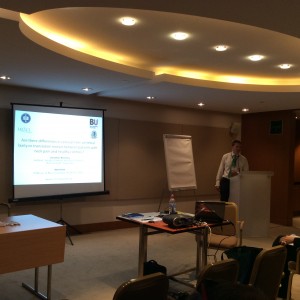


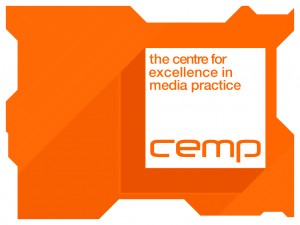

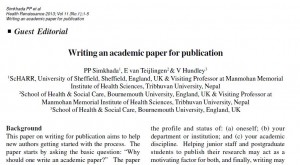

















 Up2U: New BU academic publication
Up2U: New BU academic publication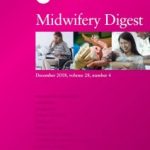 New BU midwifery paper
New BU midwifery paper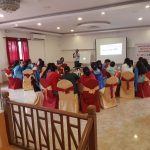 BU academic publishes in online newspaper in Nepal
BU academic publishes in online newspaper in Nepal Final day of the ESRC Festival of Social Science
Final day of the ESRC Festival of Social Science Using Art to enhance Research
Using Art to enhance Research ECR Funding Open Call: Research Culture & Community Grant – Application Deadline Friday 12 December
ECR Funding Open Call: Research Culture & Community Grant – Application Deadline Friday 12 December MSCA Postdoctoral Fellowships 2025 Call
MSCA Postdoctoral Fellowships 2025 Call ERC Advanced Grant 2025 Webinar
ERC Advanced Grant 2025 Webinar Horizon Europe Work Programme 2025 Published
Horizon Europe Work Programme 2025 Published Horizon Europe 2025 Work Programme pre-Published
Horizon Europe 2025 Work Programme pre-Published Update on UKRO services
Update on UKRO services European research project exploring use of ‘virtual twins’ to better manage metabolic associated fatty liver disease
European research project exploring use of ‘virtual twins’ to better manage metabolic associated fatty liver disease